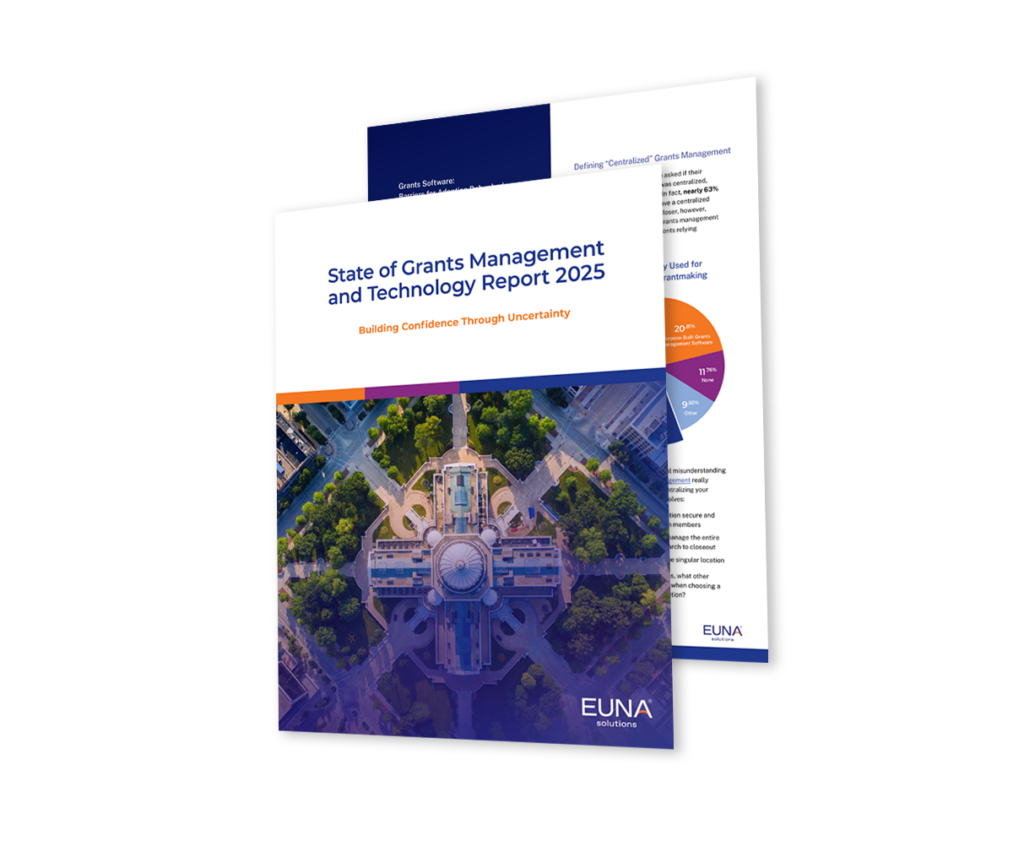Public sector finance teams are developing strategies for their goals in the year ahead. This means that organizations may need to consider new approaches to budgeting and integrating business intelligence if they want to increase their chances of success in the new year. (What worked this year, may not be able to handle the complexities that are in store for next year!)
One such approach? Investing in financial planning and analysis (FP&A) software.
As agencies face increasing complexity, changing expectations, and evolving challenges, leveraging advanced financial planning and analysis software can significantly enhance performance while increasing budget transparency.
In this blog, we’ll explore why this investment is crucial for public sector agencies.
What is Financial Planning and Analysis (FP&A)?
Definition and Importance of FP&A
Financial Planning and Analysis (FP&A) is an essential process that combines financial principles with strategic planning to empower organizations to make informed decisions and achieve long-term success. FP&A teams play a crucial role in maintaining the financial health of an organization by performing budgeting, forecasting, and analysis to support informed decision-making. This process involves extensive data reconciliation and consolidation, as well as understanding and interpreting financial data to provide actionable insights. By leveraging FP&A, organizations can align their financial planning with their strategic goals, ensuring a robust financial foundation and sustainable growth.
How FP&A Differs from Traditional Financial Planning
FP&A differs from traditional financial planning in its focus on strategic planning and forward-looking analysis. While traditional financial planning mostly deals with historical data and financial reporting, FP&A looks to the future, using data analysis and scenario planning to inform decisions. This approach involves close collaboration with various departments to understand their needs and objectives, making it a more comprehensive and integrated method of financial planning. By focusing on predictive insights and strategic alignment, FP&A allows organizations to proactively manage their financial health and navigate uncertainties with greater confidence.
Benefits of Implementing FP&A in Public Sector
Improves Financial Health through Data-Driven Insights
Implementing FP&A in the public sector can yield numerous benefits, including enhanced financial health through data-driven insights. By utilizing advanced software solutions like Workday Adaptive Planning, public sector organizations can gain real-time visibility into their financial performance and future outlook. This enables them to make informed decisions about resource allocation and budgeting, ensuring that financial plans are both accurate and adaptable.
FP&A also facilitates data-driven decision-making, helping finance teams achieve their strategic objectives and providing a single source of truth for financial data. The automation of manual processes and error reduction through FP&A software offers a scalable and flexible solution for financial planning and analysis. By leveraging financial data, FP&A software provides valuable insights that enable finance professionals to make strategic decisions about the future. With these capabilities, public sector organizations can improve their financial health, achieve their goals, and make a positive impact on their communities.
The Challenges Facing Public Sector Agencies
Public sector agencies are often tasked with trying to do more with very little—especially in times of economic uncertainty. Budget constraints force public officials to make tough choices, while citizens and stakeholders require greater transparency in how funds are spent. On top of this, the need to optimize resources for essential services like public safety, infrastructure, and health care remains constant. Effective management of cash flow is crucial in these situations to ensure that essential services are funded and financial stability is maintained.
These challenges can create complex situations that traditional financial planning tools—such as Excel and ERPs—can’t handle. Outdated spreadsheets and siloed processes lead to inefficiencies and errors, undercutting decision-making and preventing agencies from delivering maximized community impact (see our post on how to make a positive impact with strategic budgeting!).
How Financial Planning and Analysis Software Can Drive Success
Investing in financial planning and analysis tools empowers public sector agencies to confront their challenges head-on with robust capabilities that improve planning, decision-making, and accountability. Here’s how:
- Enhanced Decision-Making: FP&A software provides real-time insights, helping public sector leaders optimize decision-making on resource allocation, program funding, and policy implementation, while adapting to financial changes and monitoring the company’s financial health.
- Improved Budgeting and Forecasting: By automating calculations and integrating data with analytics, FP&A software ensures more accurate forecasts and quick budget adjustments, promoting financial sustainability and enhancing the productivity of the finance team.
- Increased Transparency and Accountability: Advanced reporting features in FP&A software enhance transparency, making it easier to track spending, measure outcomes, and conduct thorough financial analysis.
- Operational Efficiency: FP&A software solutions automate tasks like data entry and reporting to reduce manual work, minimize errors, and allow staff to focus on strategic planning.
- Compliance and Risk Management: FP&A software tools help ensure compliance with regulations and manage financial risks, ensuring resilience in uncertain times.
At their core, FP&A tools help agencies serve their communities better. By enabling smarter, data-driven decisions, these tools ensure every dollar stretches further, programs run more efficiently, and accountability remains a priority. With these benefits, public sector agencies can enhance their services and strengthen public trust.
Now’s the Time to Invest in Financial Planning and Analysis Software
Waiting for these challenges to strike before implementing the right financial planning and analysis software tool will only increase the demand for transparency, accuracy, and efficiency.
By investing in cloud-based solutions—like Euna Budget Professional—agencies can create multiple forecasts and scenario-based plans, generate detailed financial reports for in-depth data insights, and share information across departments and with the public to foster trust and accountability.
Ready to learn how Euna Budget Professional can drive financial success for your agency? Book a demo with a member of our Solutions team today!

